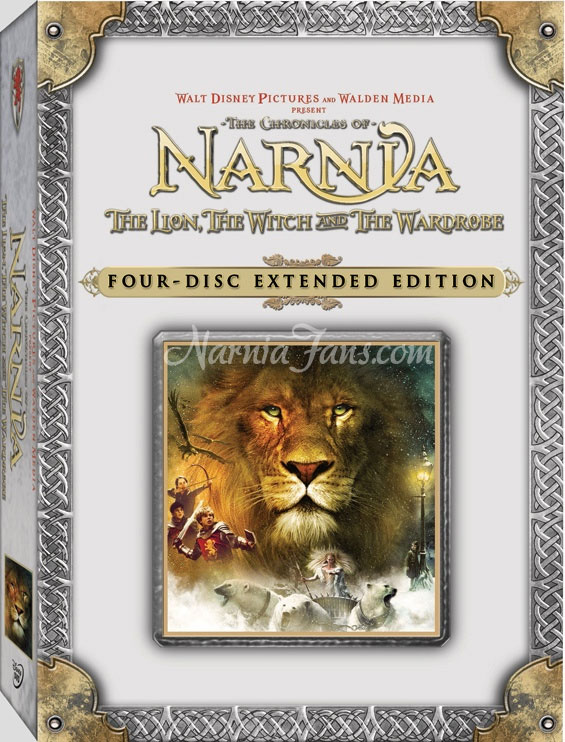Both the “Narnia” and “Potter” tales revolve around highly symbolic struggles between right and wrong and use the dramatic landscapes of New Zealand as their backdrops.
“Harry Potter” author J.K. Rowling has credited Lewis as one of her main influences, and both movies share a stock fantasy theme that sees child protagonists transported to a surreal world where they act as saviours.
However, the “Potter” books have been attacked by some Christian critics, who claim that the stories could fan enthusiasm for the occult.
For those who have studiously avoided Potter-mania for the last five years, the books and films tell the story of the scion of a famous wizard clan who attends a magic school called Hogwarts, and whose destiny leads to a showdown with the evil sorcerer who killed his parents.
“The Narnia Chronicles: The Lion, the Witch and the Wardrobe” tells the story of four children who are evacuated to the countryside during the World War II bombing of London, only to find a magical wardrobe that leads to an eternal world that they must save.
The fable is woven through with themes of good versus evil, betrayal and forgiveness, while the central character of Aslan, the lion, has widely been interpreted as a Christ-like figure tortured in place of a young, human sinner.
Disney is latching on to this aspect of the myth to push the movie, with a church-based marketing campaign designed to tap into the same market that made “The Passion of the Christ” such a huge hit in 2004.
The move has sparked controversy among some Lewis fans who fear that religious themes will overly dominate the beloved classic, which has sold almost 100 million copies since first published in 1950.
Producers at Disney insist that they will remain faithful to the book, and will allow viewers to choose their own interpretations.
“This isn’t supposed to be a Christian film, any more than (Lewis) set out to write a Christian book,” says Douglas Gresham, Lewis’ stepson, a co-producer of the upcoming film.


